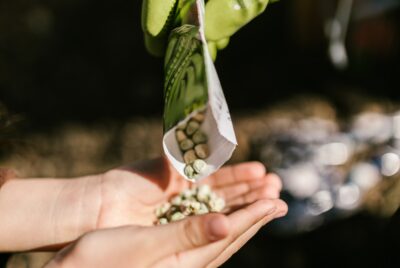RESEARCH
Critically Exploring Public Realm Greenspace as a Therapeutic Landscape and the Role of Green Social Prescribing
Summary
This chapter explores public realm greenspace as a therapeutic landscape and the role of Green Social Prescribing (GSP). It argues that cultivating this landscape offers wellness opportunities through access and interaction, with civic environmental participation involving nature-based activities like planting and habitat improvement. GSP, a health initiative, connects individuals with health needs to these activities in urban greenspaces, aiming to improve health and reduce healthcare burdens.
The chapter draws on narratives from the environment, public health, and health geography sectors, using case studies from Northwest England to reflect on the practical issues influencing GSP’s long-term success. It highlights that the environmental “third sector” is driving the GSP movement due to the need to combat long-term health conditions and promote non-clinical approaches to wellbeing. Ultimately, GSP leverages nature as a valuable asset to support mental health, reduce stress, and combat social isolation by connecting people with green spaces and activities.







